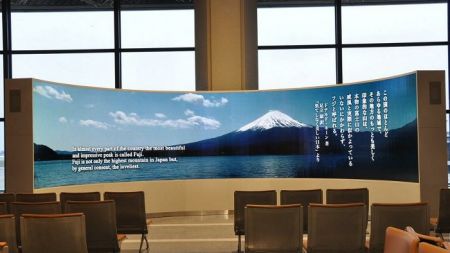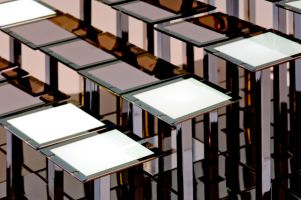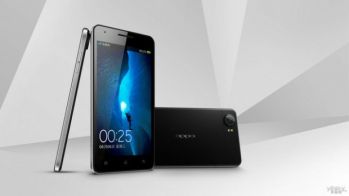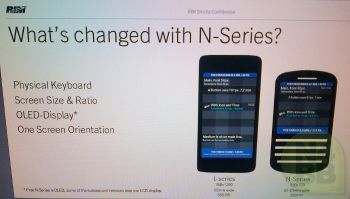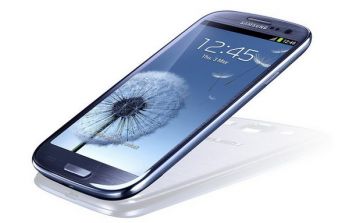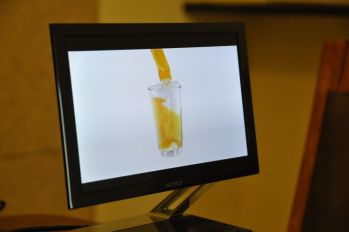Israeli Orbotech suspected of leaking Korean OLED TV tech to China and Taiwan
There are reports that the Korean police is investigating a new case of OLED technology leakage - this time by Israeli company Orbotech's local Korean branch. Six Orbotech employees are suspected of leaking AMOLED (and WRGB, or WOLED) technology from LG Display and Samsung to several Chinese and Taiwanese companies.
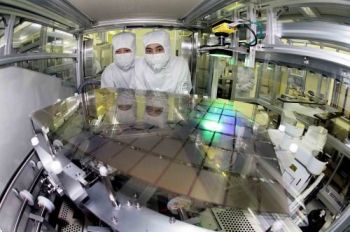
According to the prosecution, Orbotech's employees photographed circuit diagrams of LG's and Samsung's 55" OLED TV panels when they visited the company's factories to check defects of inspection equipment. The images were stored on portable memory cards, slipped into their shoes, belts and wallets, and later relayed to display-making rivals.


